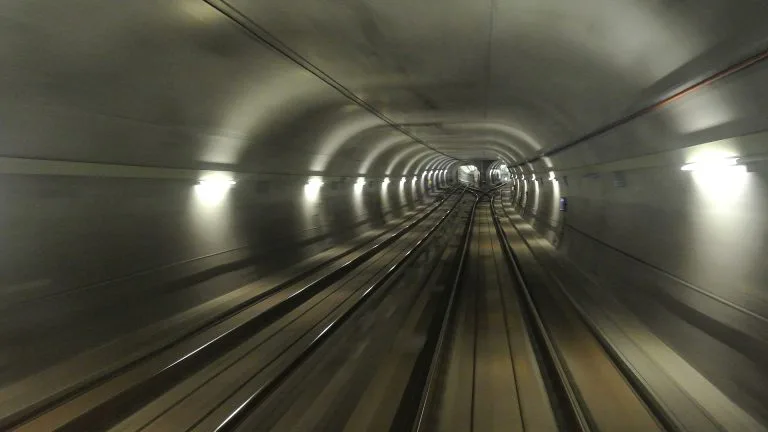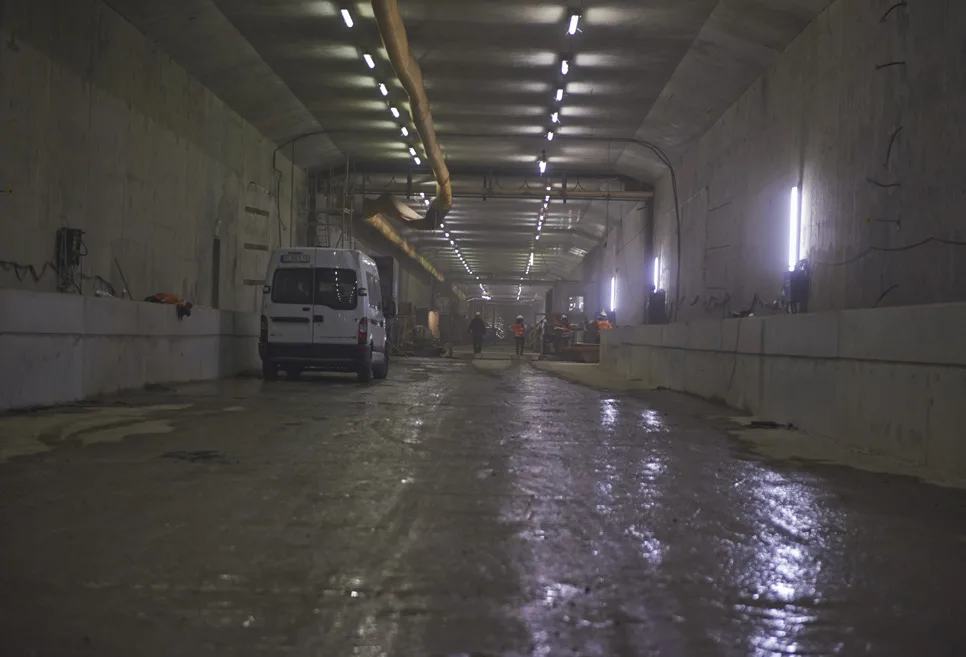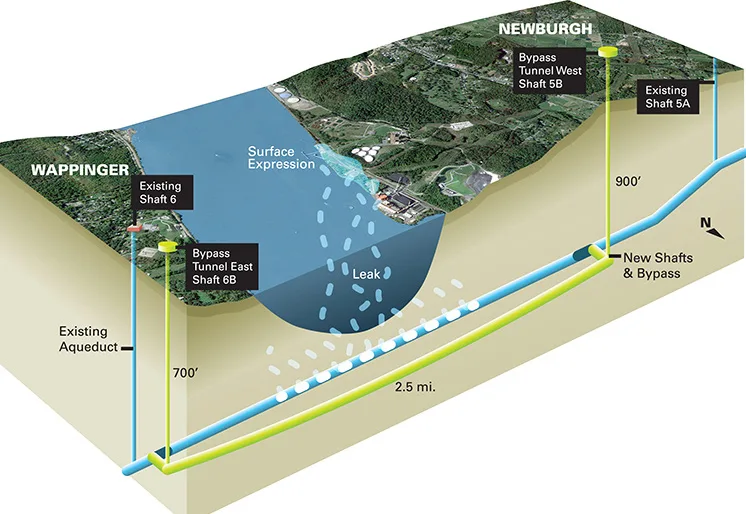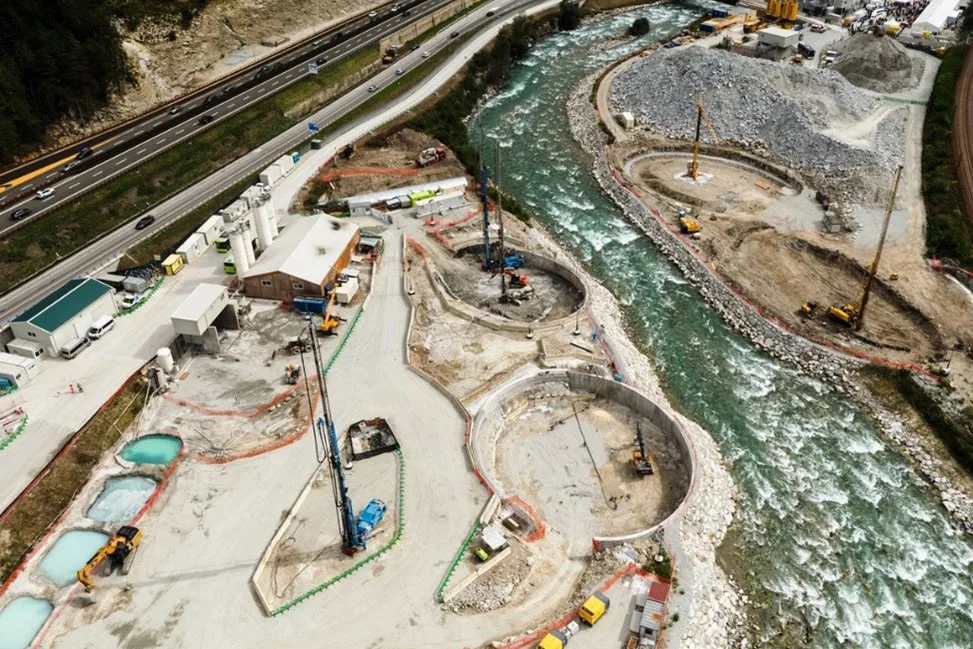
Tunneling
Our water-powered DTH hammers is the ideal choice for drilling applications such as; drilling long straight survey, grout and drainage holes, forepoling, anchor drilling and drilling for cut-off walls and anchors.
Case studies
See our featured Case studies below to learn what real world Tunneling-projects our technology has been a part of.



